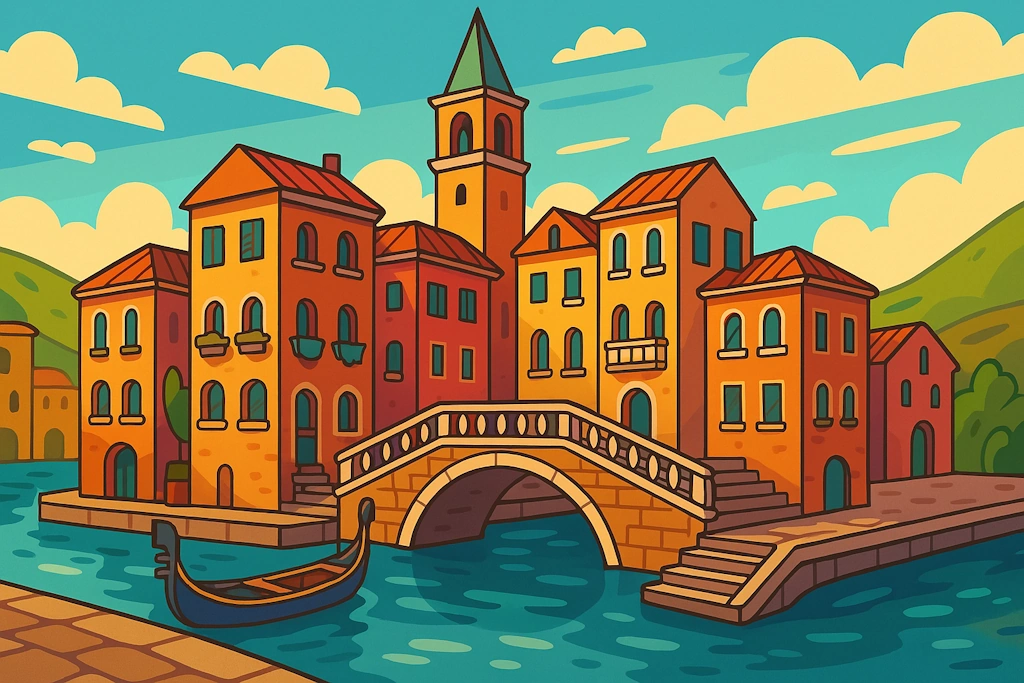🏛️Italian Cities
Generate beautiful Italian city names inspired by Roman history, Renaissance culture, and regional diversity.

Italian Cities
Generate beautiful Italian city names inspired by Roman history, Renaissance culture, and regional diversity.
Featured Collection
Want more italian content?
Generate 2 more themed items together in one click
Example Italian Cities
Get inspired by these sample results
- Milano
- Firenze
- Venezia
- Roma
- Torino
- Montebello
- San Giorgio
- Porto Romano
- Villa Nova
- Bellariva

